Tourist Attractions in Rome
History comes to life in Rome everywhere you look, everywhere you roam. For nearly 1,000 years, Rome was the largest, wealthiest and most important city in the Western World. The top ten sights in this beautiful city of love and light are the stuff of which memories are made.Colosseum
A symbol of Rome recognized throughout the world, approaching the remains of the Colosseum is remarkable for its sheer size. The giant arena was used for gladiator sports and shows to entertain up to 50,000 spectators. Under the tiered seating, where citizens took their places according to rank and status, are the remains of subterranean passages and cages used for animals and event props.
The Forum
Adjacent to the Colosseum, the Forum was the very heart of life in ancient Rome, serving as a public square, a marketplace as well as a gathering place as early as 500 B.C. Wandering among the silent labyrinth of ruins and architectural fragments found here lends so much to imagining what life was like among the citizens of ancient Rome.
Pantheon
Constructed as a temple to all the Roman Gods, the Pantheon is beautifully proportioned with a giant dome behind a portico of Corinthian columns under a pediment. One of Rome's best preserved ancient buildings. Nearly 2,000 years old, this is certainly one of Rome's greatest treasures. Be sure to look up from under the very center of the dome.
St. Peter's Basilica and The Vatican
With a population of approximately 800, Vatican City is the smallest independent state in the world in both size and population, with the Pope as its head of state. Approach via enormous St. Peter's Square, with a view of the basilica ahead. See Michelangelo's first Pietà, sculpted at the young age of 25. Climbing the 551 steps to the top of Michelangelo's dome is recommended for the hearty, rewarded with a marvelous panorama of Rome.
The Vatican Museums and Sistine Chapel
Established in 1506, the vast Vatican Museums and the Sistine Chapel contain many splendid masterpieces of Michelangelo, Da Vinci, Raphael, Bernini, Botticelli, Rosselli and other famed artists. The ceiling of the Sistine Chapel is well known for Michelangelo's nine scenes from the Book of Genesis including the highly acclaimed section of the fresco painted in 1511, The Creation of Adam.
Trevi Fountain
Of all the fountains in Rome, this is certainly the most photographed. You stumble upon it suddenly, looming large in a small piazza, after meandering down narrow lanes with shops and cafés. Squeeze your way through the crowds, turn your back to the fountain and throw a coin in over your shoulder while making a wish, as legend has it that those who do will have the good fortune to return to Rome. It is crowded, but crazy and wonderful, just like Rome.
Castel Sant'Angelo
The large cylindrical structure crowned by an angel statue is situated on the banks of the River Tiber. Castel Sant'Angelo served as a fortress, a prison, an execution site and a castle, linked to St. Peter's by a long passageway. Enjoy splendid views, especially of St. Peter's Basilica, from the windows at the top.
The Spanish Steps
Constructed in 1723, the flower-covered steps face west, so wonderful sunsets are frequently afforded to tourists. The 138 steps are the widest in Europe, connecting the Piazza di Spagna, an upscale shopping district, at the bottom to the Piazza Trinità dei Monti, with its church, at the top. The well-loved Barcaccia Fountain by Gian Lorenzo Bernini is at the foot of these steps, named for the Spanish Embassy located here.
Piazza Navona
Dating from the 15th century, this is Rome's largest and most popular public square, beautifully illuminated at night. Of its three fountains, the Four Rivers Fountain by Bernini is widely considered one of Rome's finest. Known to feature charming Baroque architecture, Piazza Navona is lined with cafés for al fresco dining and people-watching. Artists set out easels in the piazza, street performers entertain crowds. Tartufo, a rich handmade chocolate ice cream roll, is the traditional treat served at Piazza Navona.
Palantine Hill
Rome is built upon seven hills, of which this is the central one, rising 168 feet above sea level. Archeological expeditions indicate that people lived here since the Bronze Age, predating the founding of Rome. Recent excavations uncovered Palatine House, believed to be the birthplace in 63 B.C. of Augustus, Rome's first emperor.
Top Tourist Attractions in Rome
7Roman Forum
 flickr/Ramiro S
flickr/Ramiro S
6Spanish Steps
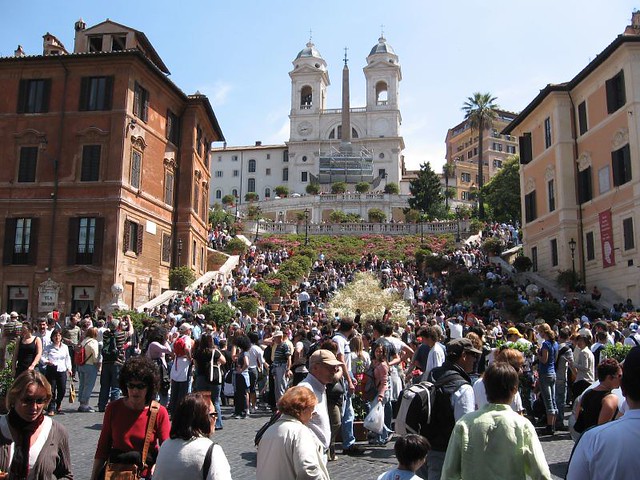 flickr/milky.way
flickr/milky.way
5Trevi Fountain
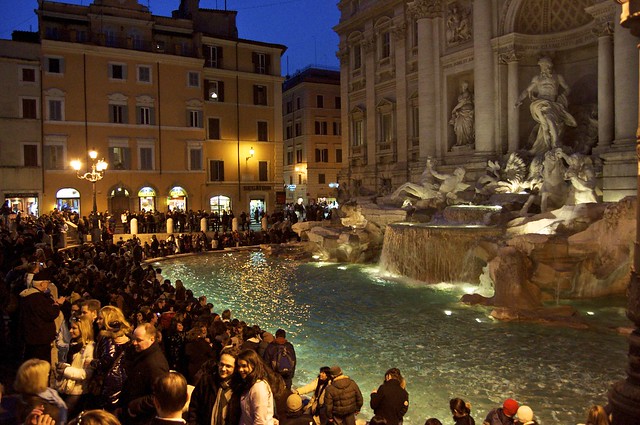 flickr/Mark Turner
flickr/Mark Turner
4Vatican Museums
 flickr/tripleman
flickr/tripleman
3Pantheon
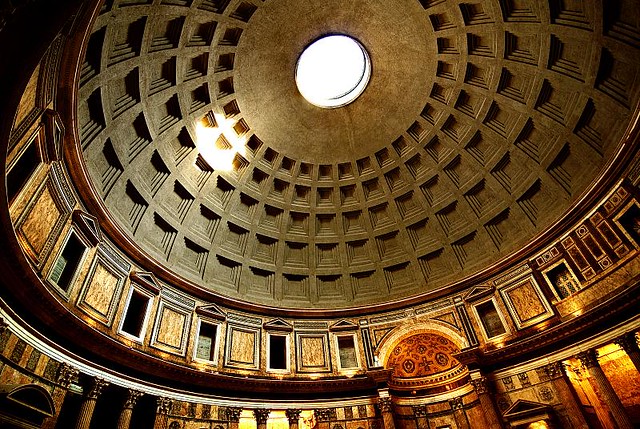 flickr/cuellar
flickr/cuellar
2St. Peter's Basilica
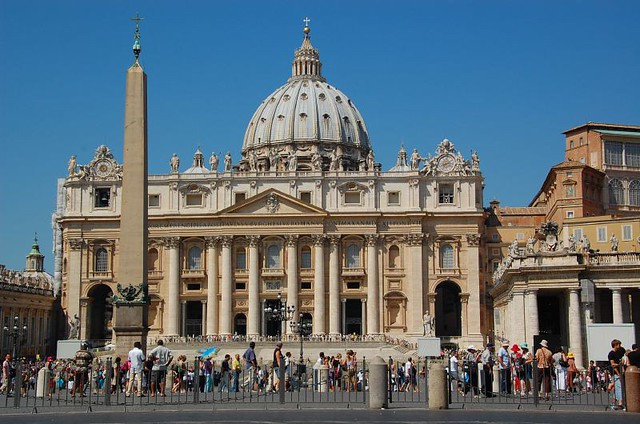 flickr/ewewlo
flickr/ewewlo
1Colosseum
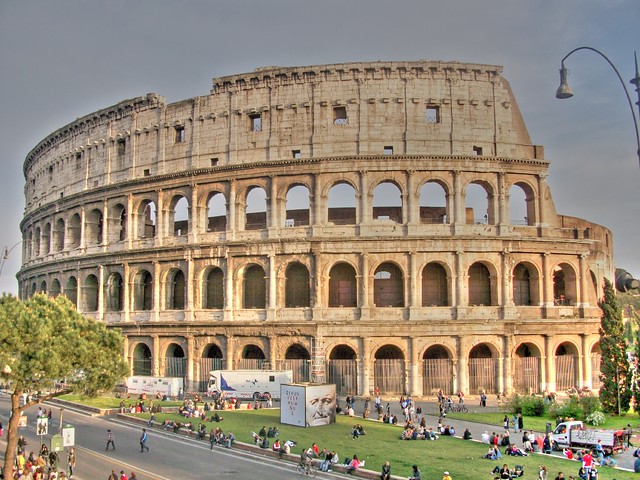 flickr/Brunswickian
flickr/Brunswickian
No comments:
Post a Comment